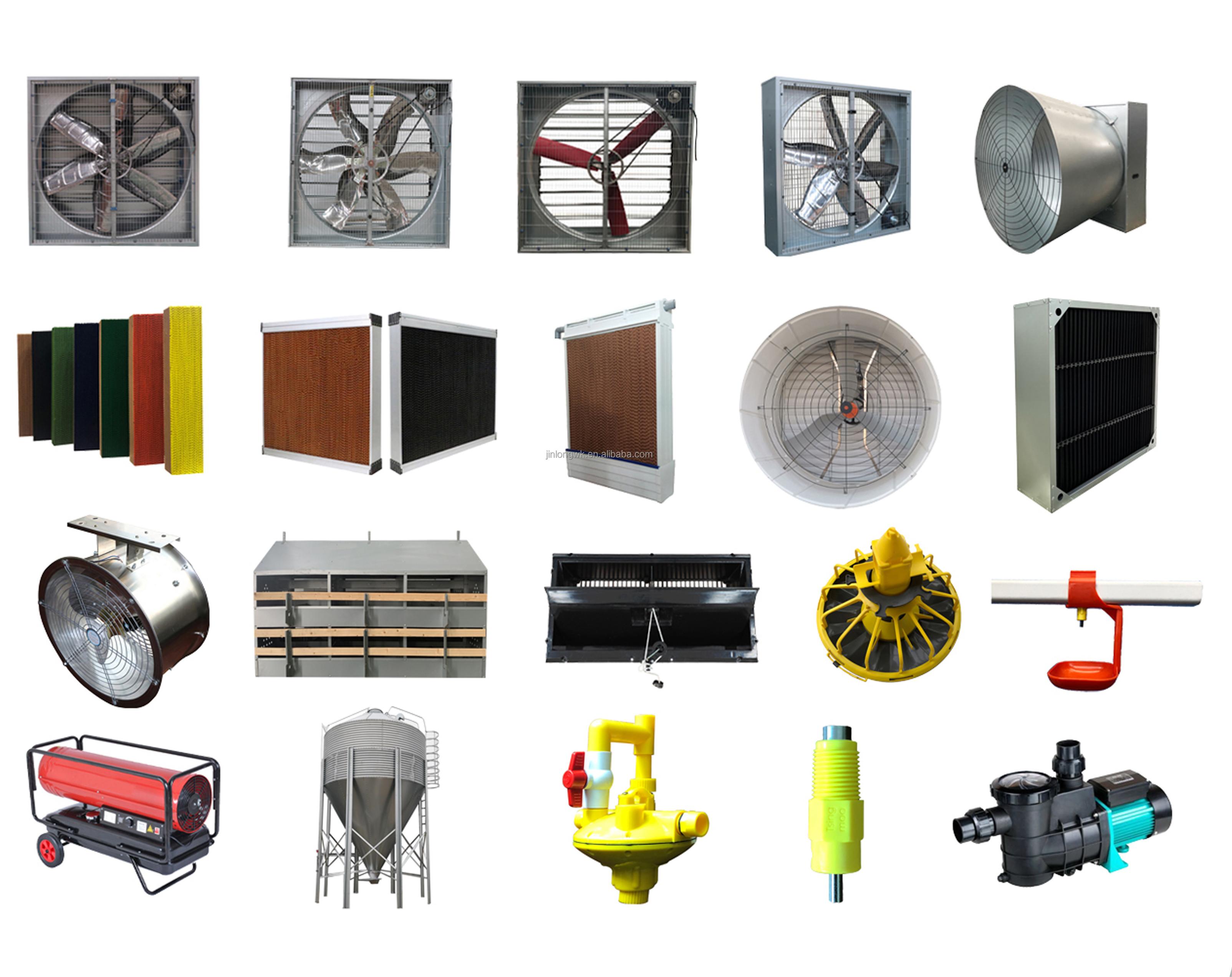Animal Feed Pellet Production Equipment for Efficient Livestock Nutrition and Sustainability
Oct . 08, 2024 21:35 Back to list
Animal Feed Pellet Production Equipment for Efficient Livestock Nutrition and Sustainability
Pellet Making Machine for Animal Feed An Overview
In the world of animal husbandry, the quality of feed directly impacts the health and productivity of livestock. As farming practices evolve, so do the technologies employed to produce high-quality animal feed. One of the key advancements in this sector is the pellet making machine, which has revolutionized the way animal feed is formulated and produced.
What is a Pellet Making Machine?
A pellet making machine is a specialized piece of equipment designed to compress raw feed materials into dense, pelletized formats. These machines utilize heat and pressure to reformulate various ingredients, including grains, forage, and protein sources, into small, round pellets. The resulting product has numerous advantages, including improved digestibility, reduced wastage, and easier storage.
Benefits of Using Pellet Feed
1. Enhanced Nutritional Value Pelleted feed offers better calorie digestibility. The process of pelleting increases the temperature of the feed, which can kill harmful bacteria and pathogens, ensuring a safer product for animals.
2. Reduced Feed Waste Traditional feed forms, like loose grains, often result in significant waste, as animals may scatter or selectively eat certain components. Pellets minimize this waste, as they are designed to be more palatable and uniform in size, encouraging livestock to consume the entire pellet.
3. Improved Feed Handling Transporting and storing pelleted feed is more efficient than other forms. The pellets take up less space, allowing for easier storage and more straightforward distribution. Additionally, they do not create dust, promoting better airflow and hygiene in storage areas.
4. Tailored Nutritional Profiles Pellet making machines can be adapted to produce various feed formulations tailored to specific animals' nutritional needs. This flexibility allows farmers and feed manufacturers to customize diets based on age, weight, species, and production goals (e.g., milk, meat, or egg production).
5. Boost in Feed Conversion Ratio (FCR) Animals often convert pelleted feed more efficiently than mash or whole grains. This means that farmers can achieve better growth rates and productivity, leading to improved profitability.
Operation of Pellet Making Machines
pellet making machine for animal feed

Modern pellet making machines come equipped with advanced technology and features that improve efficiency
. The operation typically involves the following stages1. Feed Preparation Raw materials are ground into a fine powder to ensure uniformity. The particle size is crucial, as it affects the pelleting process and the final product's quality.
2. Conditioning The powdered feed is then conditioned with steam and added moisture to soften it before pelleting. This step helps bind particles together and enhances the pellet's durability.
3. Pelleting The conditioned feed is pushed through a die by a roller in the pellet mill. The die's holes are shaped according to the desired pellet size and shape. As the feed exits the die, it is cut to the required length.
4. Cooling and Packaging After pelleting, the feed must be cooled to prevent spoilage and maintain quality. Once cooled, the pellets are either packaged directly or stored for later use.
Choosing the Right Pellet Making Machine
When selecting a pellet making machine for animal feed production, several factors must be considered
- Capacity Depending on the scale of operation, choose a machine that matches your production requirements. - Durability and Maintenance Invest in a durable machine that requires minimal maintenance and has readily available replacement parts. - Energy Efficiency Look for machines that offer energy-efficient options, as this can significantly reduce operational costs over time. - Versatility A versatile machine that can handle various feed formulations will provide greater flexibility and utility.
Conclusion
The pellet making machine has become an indispensable part of modern animal feed production. By improving the nutritional quality of feed, reducing waste, and enhancing convenience, these machines contribute significantly to the sustainability and efficiency of animal husbandry. As the industry continues to innovate, the role of pellet technology is likely to expand, promising even better outcomes for farmers and livestock alike.
-
Automatic Feeding Line System - Anping Yize|Poultry Efficiency&Durability
NewsJul.29,2025
-
Automatic Feeding Line System-Anping County Yize Metal Products Co., Ltd.|Durable PP Material&Easy Maintenance
NewsJul.29,2025
-
Automatic Feeding Line System-Pan Feeder Nipple Drinker|Anping County Yize Metal Products Co., Ltd.
NewsJul.29,2025
-
Hot Sale 24 & 18 Door Rabbit Cages - Premium Breeding Solutions
NewsJul.25,2025
-
Automatic Feeding Line System Pan Feeder Nipple Drinker - Anping County Yize Metal Products Co., Ltd.
NewsJul.21,2025
-
Automatic Feeding Line System Pan Feeder Nipple Drinker - Anping County Yize Metal Products Co., Ltd.
NewsJul.21,2025






